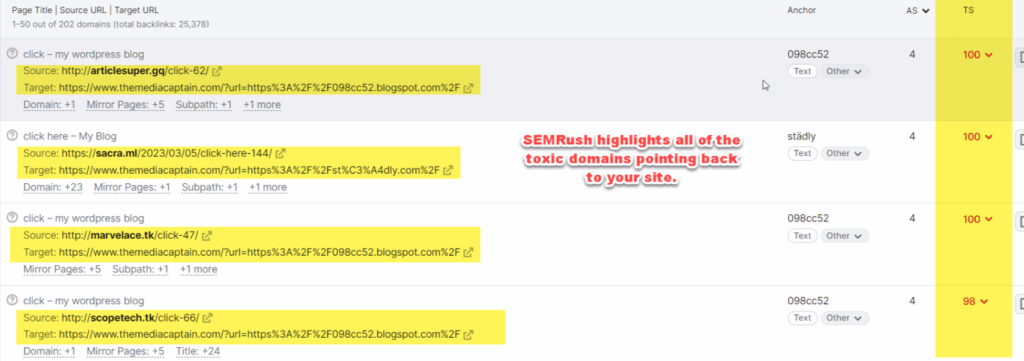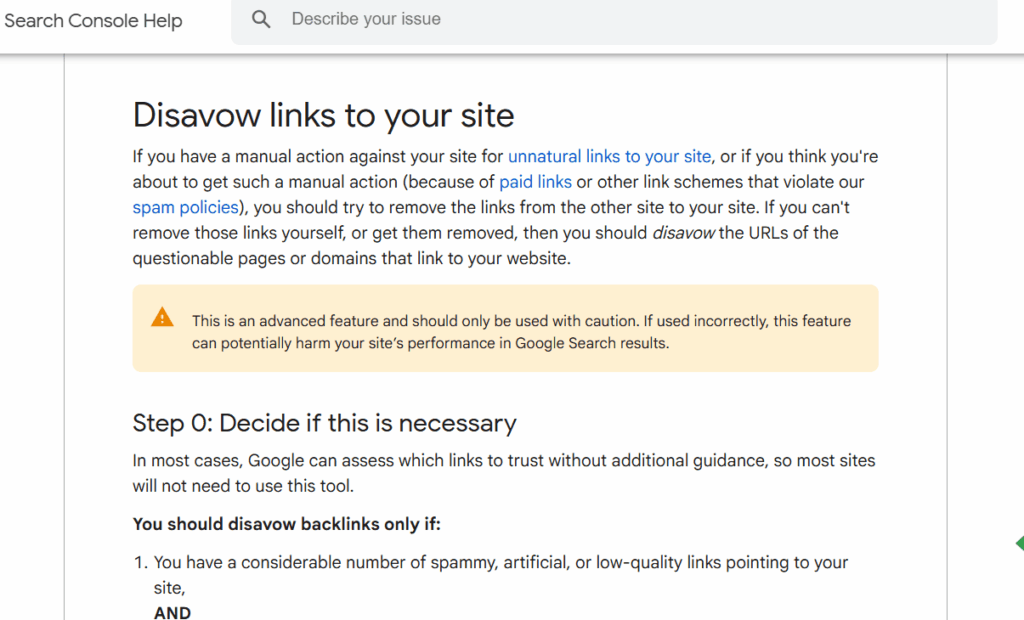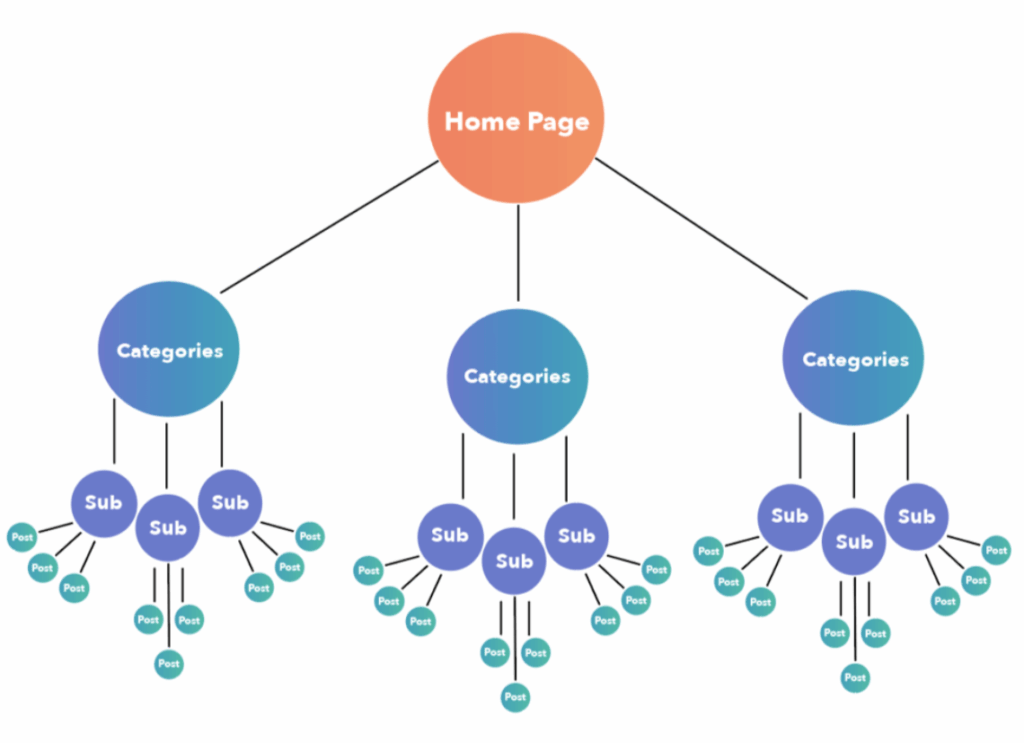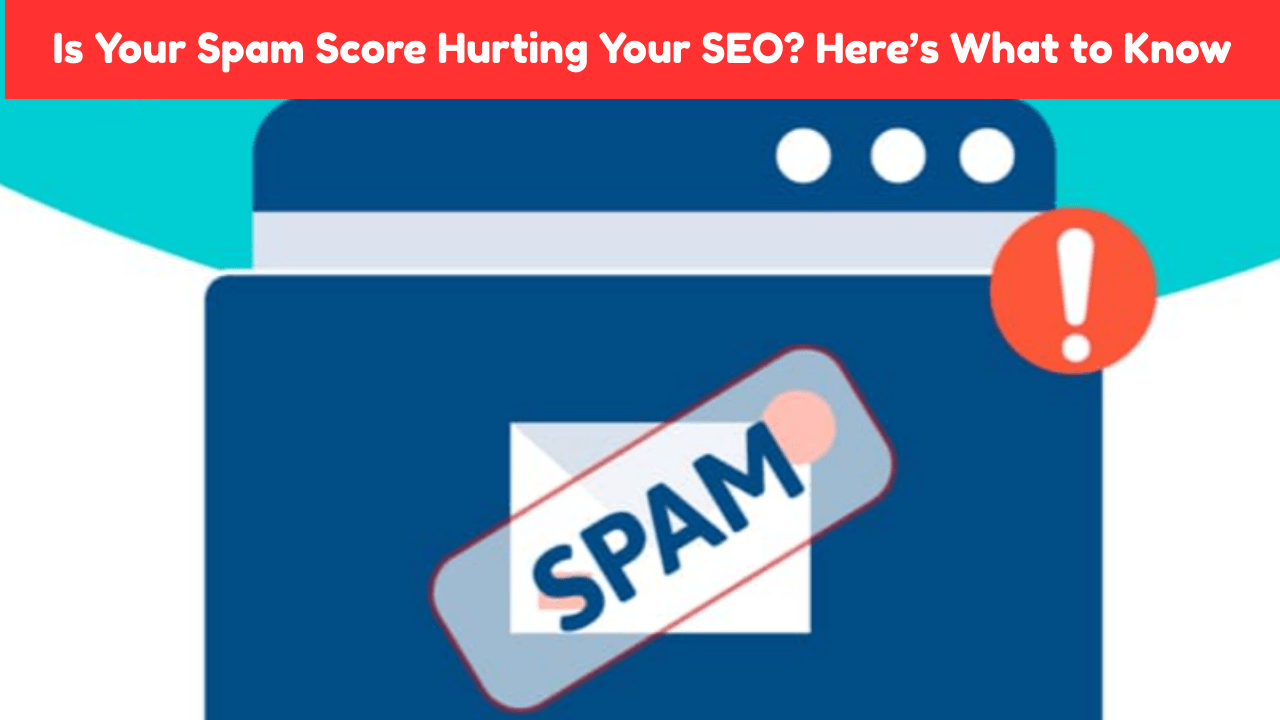Spam Score is a tool-built metric that tells how likely a website seems spammy based on its backlinks and other risk factors. It can mark trouble areas like numerous low-quality backlinks with repetitive exact-match anchor text or link schemes commonly found in penalized sites. Though the Spam Score itself is not a Google penalty, it helps site owners identify areas of weakness in their link profile that can erode trust and SEO performance.
If you run a site, blog, or online business, it definitely makes sense to keep an eye on your Spam Score, since a higher value of this discourages other webmasters and possible partners from linking to you, thereby limiting your outreach and PR opportunities and, by extension, affecting search visibility indirectly. Whereas a lower value is suggestive of right link signals and will ease the work in establishing your authority.
In this guide, you will be able to learn about how Spam Score is calculated, what typically raises it, its relationship to site authority, and practical ways to lower the risk and secure your long-term SEO.
How Spam Score Is Calculated?
Spam Score is a composite indicator made up of numerous risk signals that combine to give us an impression of how “spammy looking” a particular site is. Moz checks certain patterns and flags in a site’s backlink profile and on-site signals, then reports a percentage (or risk bucket) to indicate that probability that the site looks like some known spammy sites.
Common factors Moz looks at
- Link patterns : Too many links from low-quality or unrelated sites, many links from the same small network, disproportionately high followed links could go up on the scale.
- Anchor-text signals : Repeated exact-match anchors (always using the same keyword) or over-optimized anchors can put a site on the radar.
- Site structure and content signals : Thin pages, duplicated content, or there’s little editorial control over them are signs of low quality and, hence, high risk.
- Outbound linking and sponsorship patterns : Pages that outlink to too many low-quality sites, low-quality link farms, or overtly paid links are near-red-flag situations.
- Technical/ownership signals : Domain age, WHOIS privacy patterns, or hosting patterns or even redirect patterns that match known spam patterns can help add to the score.
Risk levels (how to read the %)
- 1–30% — Low risk : The site shows only a handful of clues that point to spammy behavior. It should be generally fine, but just in case, keep an eye on it once in a while.
- 31–60% — Medium risk : Plenty of signs warranting suspicions. It would best be for you to have a backlink audit conducted and have any issues resolved.
- 61–100% — High risk: Most strong indications that the website in question looks like spammy profiles. Treat it with great caution, and perhaps proceed with the cleaning or disavowal activities.
Common Causes of a High Spam Score
Spam-like signals in these sites are analyzed with the help of 27 indicators. All of these are not equally important, but a few are very common and probably have the greatest influence on the Spam Score. Here are some of the more important things to note when reviewing your site.
1. Large Number of Low-Quality Backlinks

Backlinks are certainly an important signal; however, if mostly the backlinks come from spammy blogs, link farms, or irrelevant directories, then Moz will consider it a red flag. These links usually exist to pass link juice and do not result in actual traffic. And with too many such referring domains, your Spam Score can climb fast.
2. Over-optimized anchor text
Repeatedly using keyword-rich anchor text in your link profile makes it appear manipulated. For example, having dozens of links all pointing to your site with the same commercial phrase is registered by Moz as unnatural. A natural backlink profile includes branded anchors, generic terms like “click here,” and a healthy mix of keyword-based links.
3. Links from private blog networks (PBNs) or link schemes
PBNs are a known strategy for creating multiple low-value sites interlinking with one another to give a ranking boost to each other. Although these tactics might offer short-term benefits, Moz’s system often picks up on link patterns that appear unnatural. If the backlinks to your site show evidence of such networks, the probability of a higher Spam Score would increase.
4. Thin, low-value, or duplicate content
If your pages contain very little unique text, copied material, or are mainly there to host ads and affiliate links, Moz will consider the site low quality. The entry site, in contrast, usually strikes some sort of balance between original and useful content and linking practices. Sites that don’t really provide value to the user oftentimes get flagged more often.
5. Excessive outbound links to poor sites
Linking too often to irrelevant, unrelated, or spammy domains makes your site appear as if it is involved in link schemes. Moz analyzes how your outbound linking behavior compares to that of trusted websites. Excessive outbound links or directing users to shady sites can put your site at risk.
6. Paid or Sponsored Links Without Disclosure
While link buying is a common shortcut, it leaves a trail. When a large percentage of your backlinks look like links bought and not all of them carry nofollow tags or sponsored tags, it goes off as unnatural growth. Moz regards such manipulation as increasing your Spam Score.
7. Unusual Technical or Ownership Signals
Spammy sites commonly share footprints, such as being hosted on the same hosting setup, mass private WHOIS, or many domains started on the same network. As the number of these patterns shared by your domain with flagged sites increase, Moz’s system starts considering you risky, even if your intent is genuine.
How Spam Score Affects SEO and Site Authority
Spamming signals in link profiles are hazardous in the SEO credibility field while so are intents of websites. Search engines or editors may not directly recognize or use the Moz score, but they would respond to the issues the score illuminates: bad links, spammy schemes, and weak content. Such issues destroy trust, which is now difficult to gain visibility and great backlinks.
Authority Loss When Associated with Spammy Links
By having your site linked from dozens of low-quality or spammy domains, search engines tend to distrust such a site a bit more. This may stall or reverse any ranking gain for important pages, as the algorithms use link quality and context to weigh whether a site is expert or relevant. The net effect: bad link cases dilute the positive signals of your good links, thus weakening your domain-level authority.
Risk of Losing Valuable Backlinks
High Spam Score link patterns are enough to make other site owners and partners wary. If suspicious links are spotted leading to your site, there is a possibility that they will ask for removal or will simply avoid linking to you to protect their own reputation. Losing just a few high-authority backlinks (from .edu, .gov, or industry leaders) may hit you harder than dozens of bad backlinks. So, stay clean.
Reduced Chances of Getting Guest Posts or Collaborations
Editors and outreach targets check link profiles and domain quality before accepting contributions or partnerships. This leads to an increased difficulty in getting guest-post placements, if the site in consideration is considered risky or part of a spammy network. Hence it shortens the outreach basket and the channels through which authority and traffic are built.
How to Reduce Spam Score of Your Website
Reducing your Spam Score requires a mix of cleanup and proactive improvement. Since Moz calculates the score based on 27 factors, your goal should be to eliminate harmful patterns and replace them with signals of trust and authority. A lower Spam Score not only keeps your site safer but also builds long-term SEO strength. Here are the most effective steps to take:
Clean Up Toxic Backlinks (using the disavow tool).

Backlinks could be audited through Moz tools, Ahrefs, or the Google Search Console. Note all spammy links or those link farms, directories, or foreign sites unrelated to your niche. These usually do not generate traffic, little content, and unnatural anchors. They should be asked for removal; if they refuse, go ahead to disavow with the Disavow Tool. Do this on a regular basis to prevent accumulation of harmful links against your backlink profile.
Focus on High-Quality, Relevant Backlinks.
Concentrate on industry pertinent good quality backlinks from established trustworthy sites. Editorial backlinks should be prioritized; these stem from blogs, news sites, directories, and many other trustworthy sources. Other valuable ways of building credibility include guest posting, interviews, partnerships, and PR activities. Good links raise your domain authority; bad ones are offset by good ones.
Improve Content Quality and Site Structure

Thin, duplicate, or poorly structured content will increase your Spam Score. Do well to implement original situations in which the content is well-structured and user-friendly. A well-structured site with faster loading speed will improve user experience and make your site more credible and worth linking.
Diversify Anchor Text Usage.
Using the same anchor text repetitively (such as keywords that exact-match the anchor) will mark a site as spam. Instead, use a natural mix of branded terms, partial matches, generic terms, and naked URLs. This balanced pronunciation and composition of anchor texts make the linking appear organic and hence cement its position from penalties or increase in Spam Scores.
FAQs
What’s an acceptable Spam Score?
Generally, a Spam Score below 30%, from 1% to 30%, is good and acceptable. Scores above 31% should be evaluated as possible trouble signs, while anything above 61% is considered high risk that should be immediately addressed.
Does Google consider Spam Score in rankings?
No. Google does not use Moz’s Spam Score directly in ranking algorithms. Nevertheless, some instances identified through the score can harm rankings when left unaddressed: toxic links, thin content, or manipulative anchors.
Can a new site be subjected to a high Spam Score?
Yes. A fairly new website can be assigned a high Spam Score if it quickly gathers low-quality backlinks, poorly implements link schemes, or copies spammy technical patterns. Early audits with clean link-building practices help prevent this.
How often should Spam Score be monitored?
Spam Score should be reviewed at least once monthly or in every major SEO audit. In fact, more frequent check-ups of every 2-4 weeks are advised after a risky campaign or sudden ranking drops or suspicious backlink activity.
What is the fastest way to get low Spam Scores?
Start with backlink audits: toxic links must be identified, removals requested, and the Disavow Tool utilized on links that are stubbornly inappropriate. At the same time, earn some solid, relevant backlinks to dilute the effect of poor links.
Conclusion
Monitoring your Spam Score is a practical, preventive measure that allows you to detect risky link patterns and poor site signals before they get out of hand. Regular checks will help you catch issues early on, which means less time spent on recovery, maintaining partner and publisher relationships.
- An indicator and not a rule : Moz’s Spam Score is not used directly by Google, but it reliably points out problems like toxic backlinks or heavy repetitive anchor-text that can cause SEO harm if left unattended.
- Fix and build : Perform audits and removals as fixes for harmful links, then go for an editorial approach, earning backlinks that are relevant and that strengthen trust and authority.
- Routine pays off : Keep monitoring Spam Score as part of your SEO activities (audits, outreach, content maintenance) to ensure steady and long-term gains in visibility and credibility.
